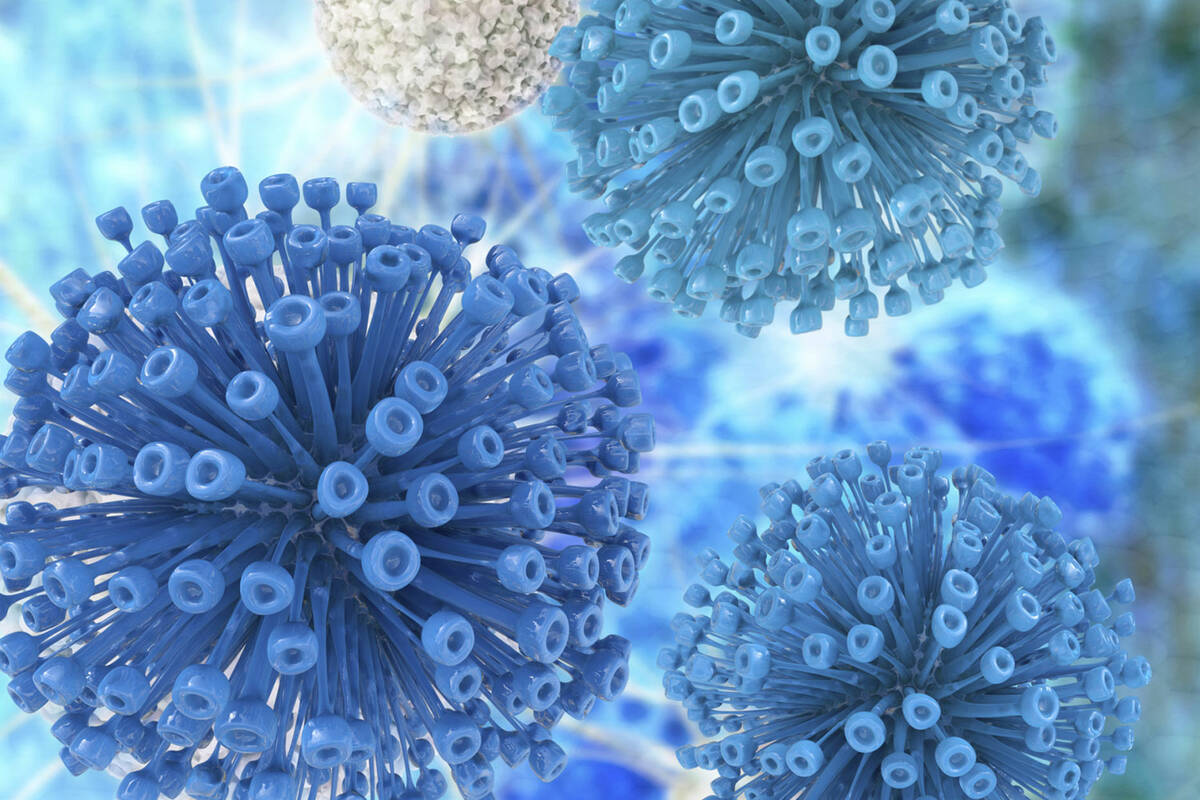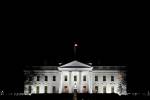EDITORIAL: Virus wars: No ‘clear pattern’ between red, blue states
As Russia continues its onslaught against Ukraine, with Putin making veiled threats about escalation and nuclear weapons, the past two years may now seem like the good old days. Remember COVID?
Mask edicts have been lifted virtually everywhere — Hawaii this week became the final state to announce it will drop its face-covering mandate — case counts are collapsing and hospitals are seeing fewer virus patients. COVID deaths, a lagging indicator, are also dropping significantly across the country.
Yet the red-blue divide remains.
David Leonhardt of The New York Times wrote Wednesday that residents in many progressive states are still avoiding restaurants — “the number of seated diners last month was at least 40 percent below pre-pandemic levels” in cities such as New York, Portland, Ore., and San Francisco, according to OpenTable. Meanwhile, “the number of diners has fully recovered” in cities such as Miami, Phoenix, Austin and Las Vegas.
A definitive examination of how the country reacted to the pandemic — of what helped and what didn’t — will someday be written. But evidence is already trickling in that states which took a less draconian approach to virus restrictions didn’t do as poorly as critics anticipated, particularly when it involved the highly contagious omicron variant.
“Did omicron spread less in the parts of the U.S. where social distancing and masking were more common?” Mr. Leonhardt asks. “The answer is surprisingly unclear.”
Mr. Leonhardt’s data-based approach, seasoned with the analysis of agenda-free public health experts, has allowed him to provide a sane and sober voice amid the sea of hyperbole sailed by both anti-vaxxers and progressive COVID warriors. In this case, he concludes that “the lack of a clear pattern is striking” between states and jurisdictions that had strict mask and social distancing requirements versus those that did not.
The reason likely resides in the fact that omicron was highly contagious and thus more likely to evade precautions. “It really is a function of the extreme intensity of omicron transmission,” Dr. Charles Murray, the founder of the Institute for Health Metrics and Evaluation at the University of Washington, told Mr. Leonhardt.
Yet governors and other public officials who questioned the benefits of mask mandates or business closures were dismissed by some on the left as members of a “death cult.”
The conclusion to draw from the data, Mr. Leonhardt observes, is that vaccines “are remarkably effective at preventing severe illness.” Other than that, “interventions other than vaccination — like masking and distancing — are less powerful than we might wish.”
There’s plenty in that determination for activists in both red and blue states to ponder.




























